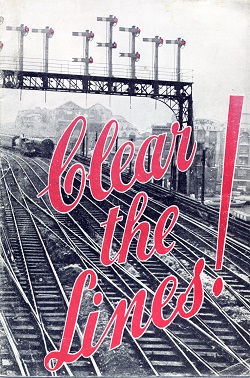

  |
6 December 2025 | Business Spotlight | Editorial Extra | News | Podcasts | About us | Home | 6 |
| Grouping It was eventually decided to rescue the railways by a programme of amalgamations, rather than nationalisation.  cl 350px.jpg) ‘Hooray! Never even blew me cap off!’ (South Wales News, 27 November 1922) Various structures were considered, but when the 1921 Railways Act was passed it combined the existing companies into four groups. Three were new: the London, Midland & Scottish Railway, the London & North Eastern Railway and the Southern Railway. However, the Great Western Railway was to stay, although it was enlarged by being amalgamated with a number of other companies in its territory, particularly in South Wales. The survival of this long-established company under its traditional title was the cause of some celebration. The changes authorised by the Railways Act came into effect on 1 January 1923. The strict controls of the railways’ freight traffic continued, even though the rise of the internal combustion engine was now sapping the industry. The new railway companies had only limited powers to operate bus services, but they obtained individual Private Acts of Parliament in 1928 which allowed them to compete fully with existing bus companies. Rather than starting a trading war, the railways bought shares in the bus companies instead.  Square Deal campaign, 1938 The financial crisis of 1929 caused further problems, because demand for railway traffic fell. The 1930s were also a time of innovation, with the introduction of modern signalling and more electrification, although this was mainly on the Southern Railway. The GWR, meanwhile, introduced diesel railcars. The problems of competition from road haulage, which was relatively unrestricted, continued through the decade, and the railways launched a ‘Square Deal’ campaign in 1938 which called for government regulation of railway goods rates to be eased. Action would probably have followed, but the government’s time was increasingly taken up by the worsening international situation, while the railways were also helping with preparations for another war, including building military equipment in railway workshops and preparing plans for mass evacuations from London and other cities. The German invasion of Poland on 1 September was followed by Britain’s declaration of hostilities two days later.   |
For all Railnews advertising call David Longstaff on +44 (0)1438 281210 |
Contact us Copyright statement Site map Terms and Conditions |